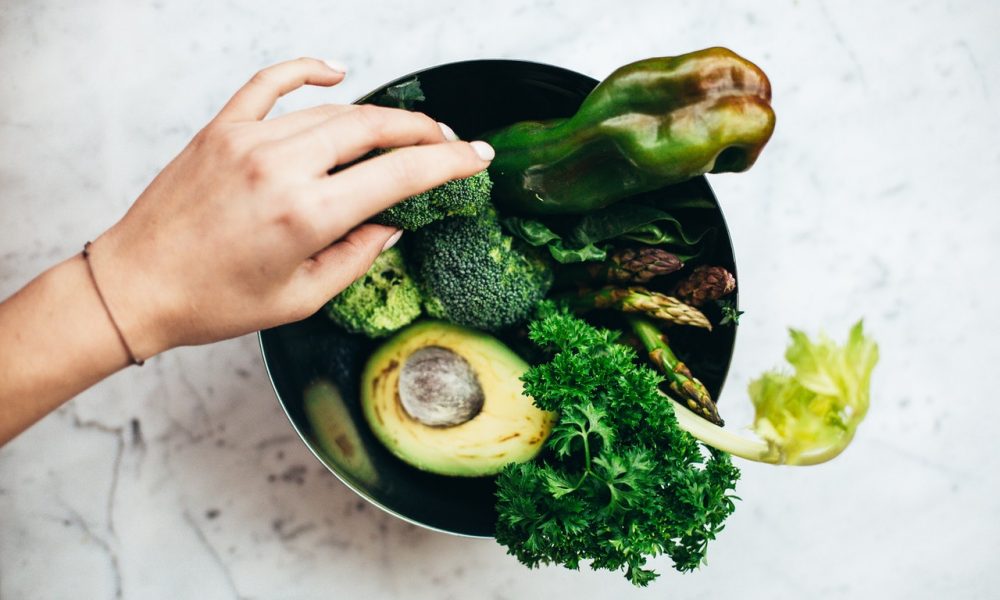
Here Are the Dietary Changes You Need to Make for a Maintained Blood Pressure

Hypertension, or more commonly known as high blood pressure, can cause many other medical problems, such as the increased risk of heart disease and stroke, leading to death. Many people worldwide are being affected by hypertension, and it has quickly become the leading risk factor for death. However, hypertension can be controlled and monitored through dietary and lifestyle changes such as intermittent fasting and diet changes.

Pexels | It is essential to keep your blood pressure levels in check
Intermittent Fasting
Word about intermittent fasting spread quickly over the past few years, and many people have turned to IF for its numerous benefits such as weight loss, keeping the blood sugar level stable, and maintaining blood pressure. IF doesn’t restrict what you eat but rather when you eat. You have an eating window where you eat your regular meals and a fasting window in which you do not eat anything.
What happens when you observe IF is that your body begins to produce high amounts of a protein, known as a brain-derived neurotrophic factor, also referred to as BDNF. This BDNF enables the brain to release acetylcholine, which helps in two ways: by expanding the blood vessels and reducing the heart rate. These factors come together and help your body maintain normal blood pressure.

Pexels | IF works best when coupled with exercise
Dietary Changes
Many causes can lead to hypertension; some of the common causes are genetics, stress, and harmful dietary practices such as high intake of sodium. Sodium is one of the leading causes of hypertension. In North America, it is reported that 1 in every 3 cases of hypertension is caused by high sodium intake.
However, there are steps you can take to avoid such a situation, the first of them is lowering the amount of sodium you use in your meals. You should also cut out any type of processed food that may contain high amounts of sodium.
Secondly, you can counter the sodium in your body by having a sufficient amount of potassium. Potassium works as a counter to the effect of high sodium has on blood pressure. Potassium-rich foods are lentils, bananas, pumpkin seeds, avocado, and sweet potatoes.
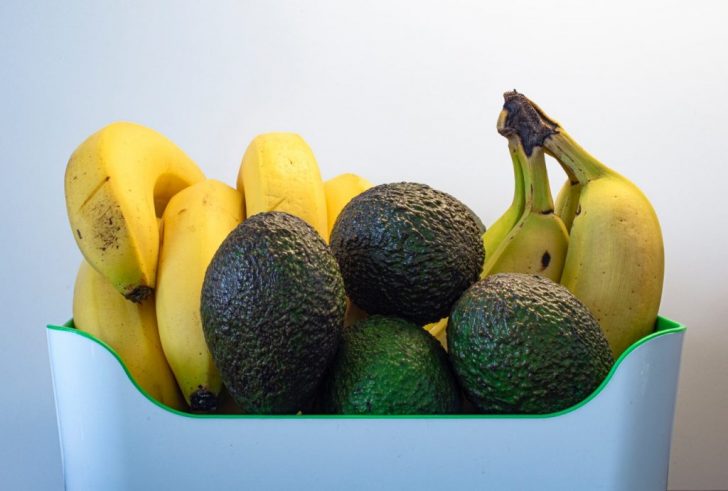
Pexels | Increase your consumption of potassium-rich foods
These are small but significant changes you can make to your diet. With proper eating and exercise, you can control your blood pressure and maintain a healthy lifestyle.
More inHealthy Trends
-
`
Why Are Men Taller Than Women? New Genetic Study Finds Clue
For centuries, the average height difference between men and women has been noticeable—men generally stand about five inches taller. While environment...
July 23, 2025 -
`
How Upcycled Beauty Ingredients Are Reshaping the Industry’s Future
The beauty industry is going through a big shift — and it’s not just about trends. As waste problems grow and...
July 17, 2025 -
`
A Look Inside Faith Kipyegon’s Groundbreaking Mile Run in Paris
Last week in Paris, Faith Kipyegon returned to a place she knows well: Stade Sébastien Charléty. But this time, she wasn’t...
July 9, 2025 -
`
Dairy Is Making a Major Comeback — And Health Shoppers Are Loving It
Just a few years ago, dairy sat quietly in the back seat while plant-based alternatives took the spotlight. Now, it’s stepping...
July 4, 2025 -
`
Does Aging Cause Dental Problems?
Aging doesn’t automatically mean losing teeth or developing gum disease. In fact, older adults today are holding onto more of their...
June 25, 2025 -
`
How Upcycled Ingredients Are Shaping the Future of Cosmetics
What used to end up in bins or compost heaps is now finding a new life inside skincare bottles and beauty...
June 18, 2025 -
`
Rock Legend Rod Stewart Trains to Break Sprint Record at 80
Age isn’t slowing Rod Stewart down. Known worldwide for his legendary voice, stadium-filling tours, and timeless hits like “Maggie May”, the...
June 11, 2025 -
`
The Truth Behind Detox Diets – Health Boost or Risky Trend?
It’s hard to scroll through your feed without seeing someone sipping green juice with promises of instant energy, glowing skin, and...
June 3, 2025 -
`
Is Dr. Oz Fit to Lead Medicare?
The announcement of Dr. Mehmet Oz as President-elect Donald Trump’s pick to lead the Centers for Medicare and Medicaid Services (CMS)...
May 29, 2025


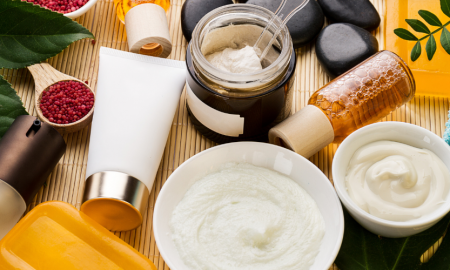

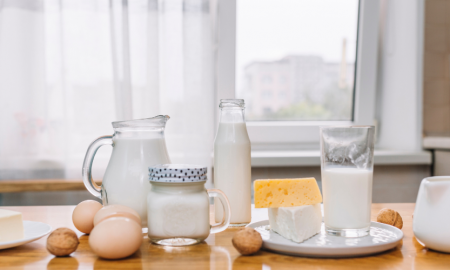






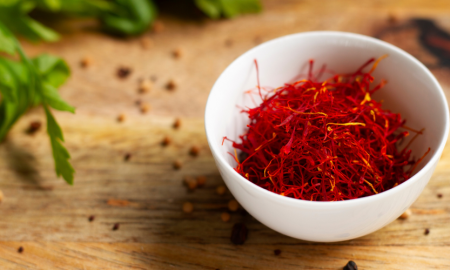



You must be logged in to post a comment Login